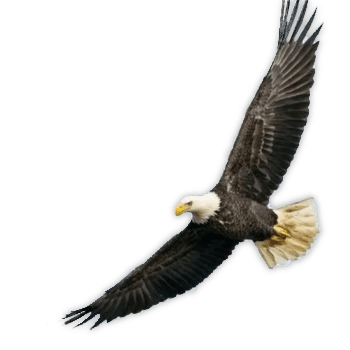Three Techniques for Generating Ideas for Figurative Language
Some say figures of speech should come from within the writer or from reflection. Or that if the right words escape you, leave a gap in your writing and return after an interval. An alternative view is that techniques like those below simply make more conscious and systematic some of the processes at work in speech and writing.
None of the approaches guarantees success and there is still scope when using them for creativity in terms of how you apply or develop an idea.
1. Thesaurus as a Prompt for Brainstorming Let’s say you seek a metaphor relating to someone looking with longing from a window.
Use a thesaurus to generate up to ten words related to window and another ten related to longing. The words you want are those closer to the meaning of window/longing, but have other possible meanings. The words below were found using thesaurus.com and wordage.info .
Gap, chink, outlet, hollow, space, void, aperture, discontinuity, hatch, perforation, slot, vent, pane
Aching, craving, fancy, hunger, languishing, wishful, yearning, yen, itch , hot blood, eagerness, ardour, fire in belly, keenness, striving
Experiment by composing in your head sentences that combine words from both lists. Write on scrap paper any that seem to take you towards the kind of expression you want. Don’t be too quick to dismiss and be open to any other words that pop into your head. Be persistent rather than settling on an idea that has some merit.
E.g. Using the first few words in the lists above.
• An aching sensation alerted her to the narrowing gap between her desire for company and the opportunities available.
• Unlike the Turkish carpet at the centre of the room saturated by sunlight from the bay window, her love life was lit via the smallest of chinks admitting languishing memories of suitors.
2. Adjectival Approach Again, let’s say you seek a metaphor relating to someone looking with longing from a window.
List some adjectives that could be used to describe the window you have in mind. E.g.
The window is … translucent, rectangular, white-framed, tall, dirt-streaked
Choose the word that seems more promising or work through the words in turn. Think of other things that share the quality.
E.g. A window is translucent and so are cat flaps, lenses, spy holes, an iris …
Look for ways of using ideas associated with the words listed that might help your story. E.g.
• The way she looked outside reminded her of a Siamese that meowed pitifully at the cat flap for hours while waiting for the rain to pass.
• She wished the pane had the power of a magical lens that would allow seeing what her friends were doing.
• What was the point of looking out when no one looked back at her? She may as well have been squinting through a spy hole at a hotel corridor where if anyone passed they neither knew nor cared about her existence.
• The sunlight took full advantage of the window to brighten the room. However, she scrunched her eyes, refusing to allow the gloom from her mind. Had it been in her power, she would also have contracted her irises.
3. Categories
List some relevant categories for a key word. E.g. a window belongs to the following categories.
• Things that have frames
• Glass objects
• Building materials
• Items that easily shatter
• Things that can open and close
• Stuff that benefits from regular cleaning
Choose one that seems more promising or work through the categories one at a time. Let’s say we choose Things that can open and close.
Ask what else can open and close? E.g.
a) Heart valves
b) A book
c) A bank account
d) Taps
e) Lips
Do any of these words or phrases suggest a potentially relevant figure of speech? E.g.
a) Such was her yearning she wanted the valves of her heart to stop.
b) She knew he had written her out of his book.
c) Too late she realized that she had overdrawn too often when it came to the goodwill of her friends. (Banking analogy)
d) Her emotions ran freely, that was the problem. Others could regulate their flows of feelings. (Tap analogy)
e) She thought herself no better than a dead-eyed goldfish following curved glass with pouting lips endlessly opening and closing. In fact, she was far more miserable than a goldfish because she knew there was a world beyond the glass and she didn’t forget. Hurt accumulated minute by minute and year by year.
The last example came from thinking about lips, which brought to mind the movements of a goldfish mouth. Extending the analogy with additional sentences increased the material to choose from. Just because lips acted as the starting point is not a good enough reason for including pouting lips. E.g. It might not suit a story that has no other references to lips.
With all of the above approaches, the more you play with the ideas generated through writing experimental phrases and sentences, the greater the chance of finding something that fits not just the paragraph, but also the themes of the story.
Paul Burns 16.11.15 Page 1 of 1
